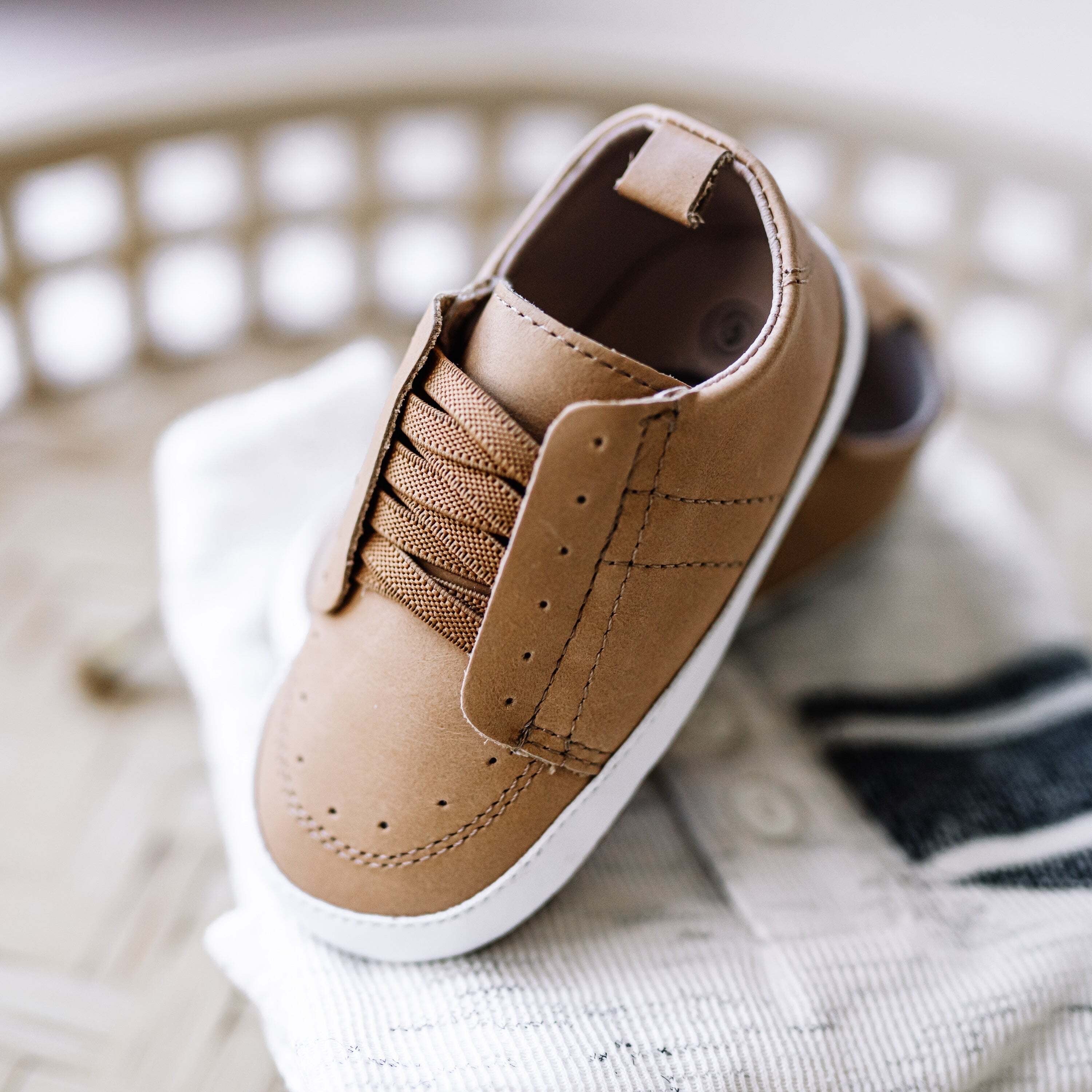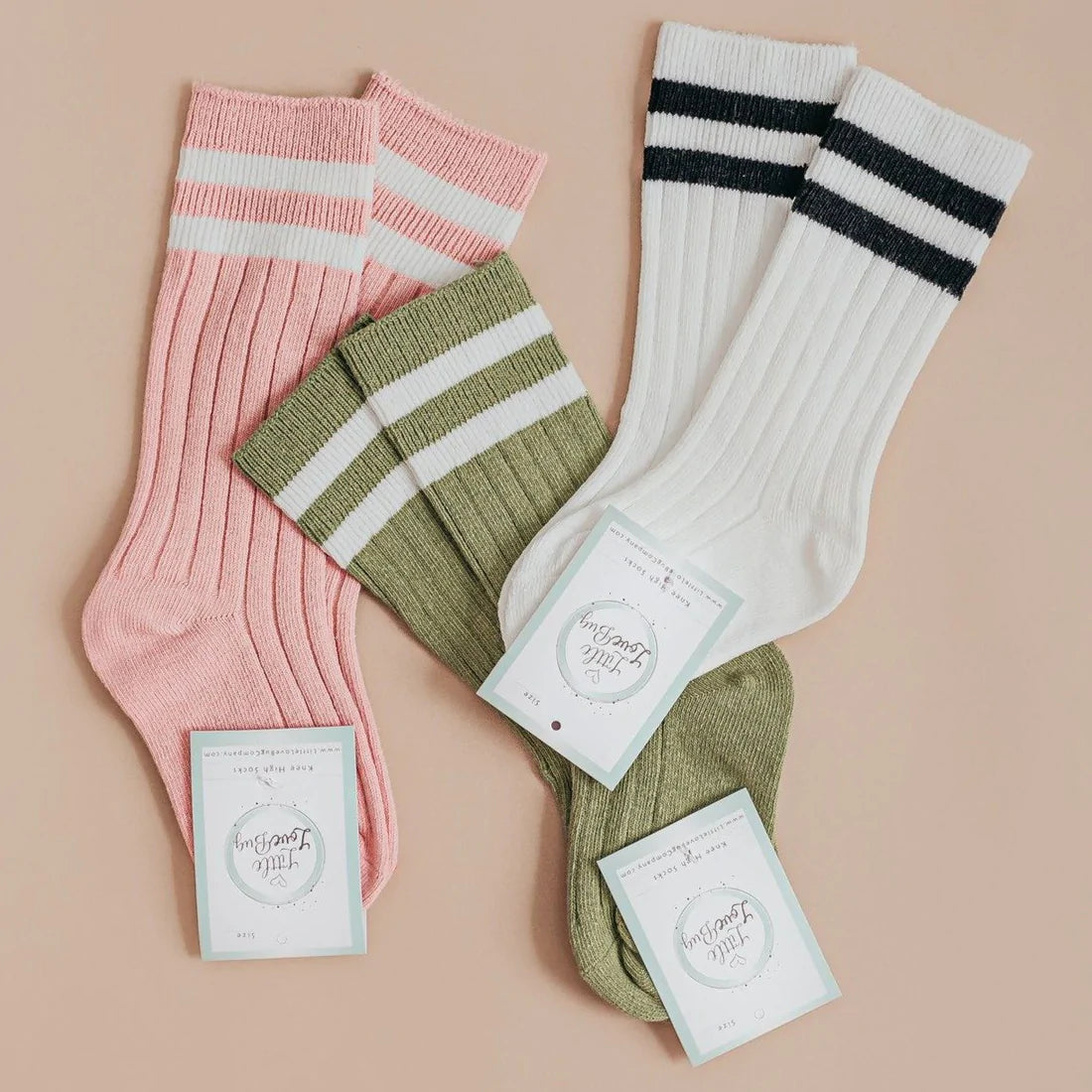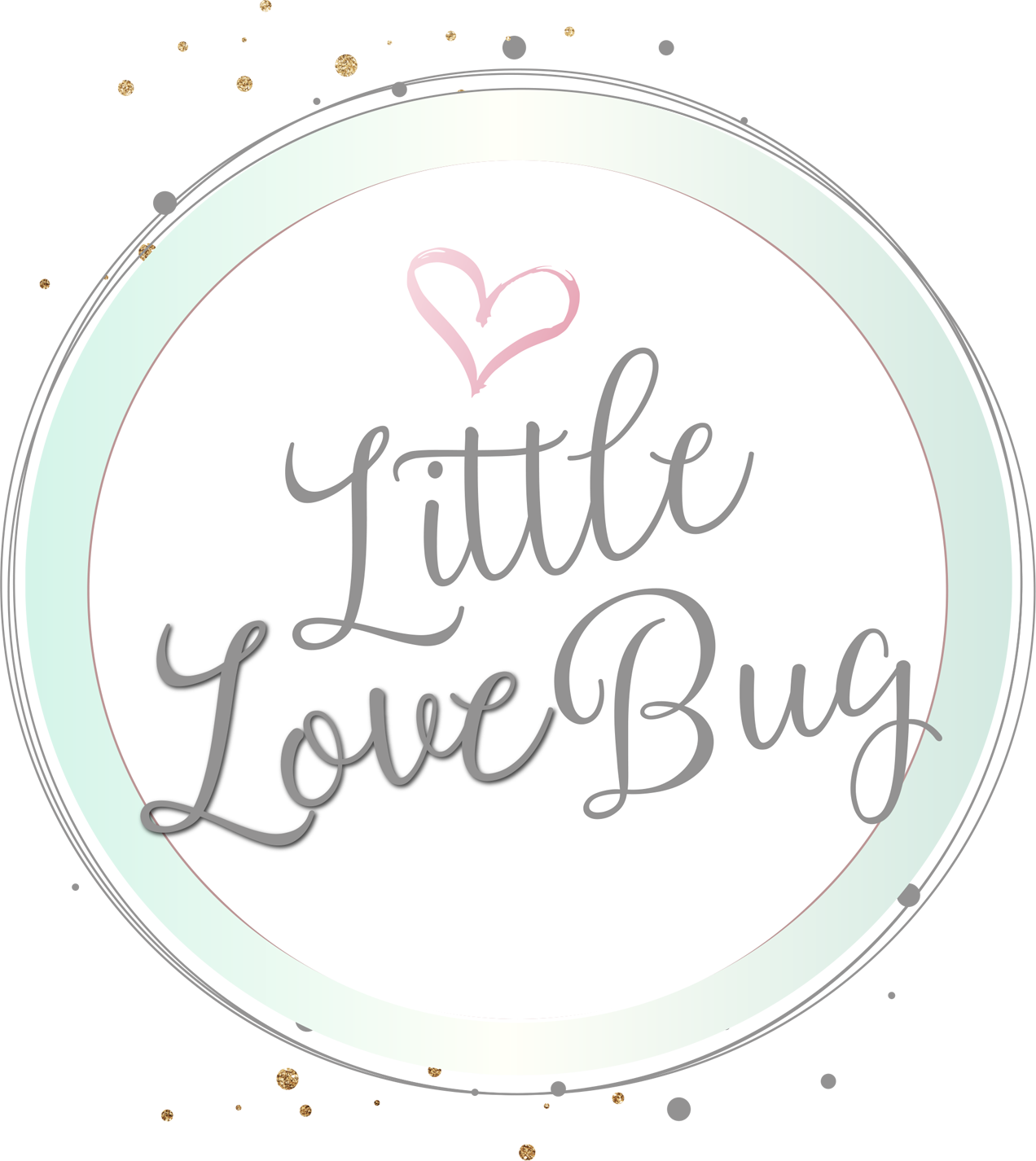
The foot is a complex structure that is constantly growing and changing. To ensure proper development, it is important to understand the role of growth plates in the development of your foot. Growth plates, also known as epiphyseal plates, are specialized regions of cartilage at the ends of long bones found in children and adolescents. They act as a template for the growth of bones, allowing the foot to increase in size and develop properly. In this blog post, we will discuss the importance of growth plates in the development of your foot.
What Are Growth Plates?
Growth plates are the areas of growing tissue at the end of bones in children and adolescents. They are responsible for controlling the growth of bones and are found at the ends of long bones, such as those in the arms and legs. The growth plates consist of cartilage and divide the ends of the bones into two parts, allowing for growth in length. As children and adolescents age, the growth plates gradually harden, eventually becoming solid bone.
Growth plates are also known as epiphyseal plates, physes, or epiphysial plates. They are composed of cartilage cells that produce bone and enable bones to increase in size. Growth plates can be affected by hormones and nutrition, as well as genetics, trauma, and other factors.
It is important to note that growth plates are not present in adults and are only found in children and adolescents. Thus, any injury to a child’s or adolescent’s growth plate should be taken seriously as it can affect their long-term growth.
Why Are Growth Plates Important?
Growth plates, also known as epiphyseal plates, are areas of cartilage found near the end of long bones. They play a vital role in a child’s growth and development. Growth plates provide for the longitudinal growth of bones, allowing them to get longer as a child grows. If a child experiences an injury that affects the growth plate, it can cause stunted growth and skeletal deformities.
Growth plates are made up of a specialized cartilage that contains progenitor cells, which divide and grow to form new bone. They allow bones to lengthen and widen in response to stress, allowing them to adapt to changes in body size. The growth plates eventually close as the person reaches skeletal maturity, typically during the late teen years.
Growth plates are especially vulnerable to injury during childhood and adolescence because they are softer than mature bone. Fractures and injuries that occur in this time period can have a lasting effect on the individual’s musculoskeletal system. Additionally, the growth plates may be disrupted by illness or the use of certain medications, leading to disruptions in normal growth.
For this reason, it is important for children and adolescents to receive proper medical care after any type of injury or illness. If a fracture is suspected, an X-ray should be taken to make sure that no damage was done to the growth plate or nearby bones. If any damage is discovered, the child should be seen by an orthopedic surgeon for further evaluation and treatment. Regular monitoring of the growth plate is also important for detecting any early signs of disruption or damage.
How Do Growth Plates Affect Foot Development?
Growth plates are important for healthy foot development. Growth plates are located at the ends of the bones in children and adolescents. They are made up of softer, weaker bone tissue which is more vulnerable to stress and injury compared to the rest of the bone.
As the child grows, their bones develop and lengthen due to growth plates. These plates close as the child reaches their adult height. During this process, if the growth plate is damaged, it can affect the shape of the bone, the position of the joints, and the strength of the muscles that support it.
For example, if a growth plate in the ankle or foot is injured, it can cause a discrepancy in leg length. This can then lead to problems such as a limp or even arthritis in adulthood. Therefore, it’s important to protect a child’s growth plates by avoiding excessive stress on them, such as through activities that involve running, jumping, and high-impact sports.
In addition, an important factor to keep in mind is that different growth plates mature at different times during development. Therefore, if one growth plate is damaged early in life, it can have an effect on the development of other bones that are still growing. For example, if the growth plate in the heel bone is damaged early in life, it can affect how much the arch of the foot develops later on.
Therefore, it’s important to recognize when and how growth plates can be injured and to prevent any potential damage. By doing so, you can ensure that your child’s foot development progresses as expected and their feet remain strong and healthy throughout their life.
How Do I keep Growth Plates in My Child's Foot Healthy?
The health of the growth plates in your child's feet is an important part of maintaining their overall health. In order to ensure that these plates remain healthy, there are a few steps you can take.
First, it is important to keep your child's feet active. Exercise is key for proper development and growth. Participating in activities like walking, running, and playing sports will help keep the bones and muscles in the feet strong and healthy. Additionally, it’s important to pay attention to the shoes your child wears; making sure they fit properly and offer the correct amount of support.
Next, make sure your child is eating a healthy diet. A balanced diet will provide the necessary nutrients for bone and joint health. Foods that are rich in calcium, like yogurt and dairy products, as well as vitamin C-rich fruits and vegetables will ensure that your child’s feet stay healthy.
It’s also important to be aware of any changes in your child’s feet that may indicate an injury or illness. Look out for symptoms such as swelling, redness, pain or tenderness. If any of these signs appear, be sure to see your doctor right away.
By following these tips, you can help keep your child’s growth plates in their feet healthy. Remember, this is an important part of your child’s overall health and development so taking care of it should be a priority.
What Are Growth Plates?
Growth plates are the areas of growing tissue at the end of bones in children and adolescents. They are responsible for controlling the growth of bones and are found at the ends of long bones, such as those in the arms and legs. The growth plates consist of cartilage and divide the ends of the bones into two parts, allowing for growth in length. As children and adolescents age, the growth plates gradually harden, eventually becoming solid bone.
Growth plates are also known as epiphyseal plates, physes, or epiphysial plates. They are composed of cartilage cells that produce bone and enable bones to increase in size. Growth plates can be affected by hormones and nutrition, as well as genetics, trauma, and other factors.
It is important to note that growth plates are not present in adults and are only found in children and adolescents. Thus, any injury to a child’s or adolescent’s growth plate should be taken seriously as it can affect their long-term growth.
Why Are Growth Plates Important?
Growth plates, also known as epiphyseal plates, are areas of cartilage found near the end of long bones. They play a vital role in a child’s growth and development. Growth plates provide for the longitudinal growth of bones, allowing them to get longer as a child grows. If a child experiences an injury that affects the growth plate, it can cause stunted growth and skeletal deformities.
Growth plates are made up of a specialized cartilage that contains progenitor cells, which divide and grow to form new bone. They allow bones to lengthen and widen in response to stress, allowing them to adapt to changes in body size. The growth plates eventually close as the person reaches skeletal maturity, typically during the late teen years.
Growth plates are especially vulnerable to injury during childhood and adolescence because they are softer than mature bone. Fractures and injuries that occur in this time period can have a lasting effect on the individual’s musculoskeletal system. Additionally, the growth plates may be disrupted by illness or the use of certain medications, leading to disruptions in normal growth.
For this reason, it is important for children and adolescents to receive proper medical care after any type of injury or illness. If a fracture is suspected, an X-ray should be taken to make sure that no damage was done to the growth plate or nearby bones. If any damage is discovered, the child should be seen by an orthopedic surgeon for further evaluation and treatment. Regular monitoring of the growth plate is also important for detecting any early signs of disruption or damage.
How Do Growth Plates Affect Foot Development?
Growth plates are important for healthy foot development. Growth plates are located at the ends of the bones in children and adolescents. They are made up of softer, weaker bone tissue which is more vulnerable to stress and injury compared to the rest of the bone.
As the child grows, their bones develop and lengthen due to growth plates. These plates close as the child reaches their adult height. During this process, if the growth plate is damaged, it can affect the shape of the bone, the position of the joints, and the strength of the muscles that support it.
For example, if a growth plate in the ankle or foot is injured, it can cause a discrepancy in leg length. This can then lead to problems such as a limp or even arthritis in adulthood. Therefore, it’s important to protect a child’s growth plates by avoiding excessive stress on them, such as through activities that involve running, jumping, and high-impact sports.
In addition, an important factor to keep in mind is that different growth plates mature at different times during development. Therefore, if one growth plate is damaged early in life, it can have an effect on the development of other bones that are still growing. For example, if the growth plate in the heel bone is damaged early in life, it can affect how much the arch of the foot develops later on.
Therefore, it’s important to recognize when and how growth plates can be injured and to prevent any potential damage. By doing so, you can ensure that your child’s foot development progresses as expected and their feet remain strong and healthy throughout their life.
How Do I keep Growth Plates in My Child's Foot Healthy?
The health of the growth plates in your child's feet is an important part of maintaining their overall health. In order to ensure that these plates remain healthy, there are a few steps you can take.
First, it is important to keep your child's feet active. Exercise is key for proper development and growth. Participating in activities like walking, running, and playing sports will help keep the bones and muscles in the feet strong and healthy. Additionally, it’s important to pay attention to the shoes your child wears; making sure they fit properly and offer the correct amount of support.
Next, make sure your child is eating a healthy diet. A balanced diet will provide the necessary nutrients for bone and joint health. Foods that are rich in calcium, like yogurt and dairy products, as well as vitamin C-rich fruits and vegetables will ensure that your child’s feet stay healthy.
It’s also important to be aware of any changes in your child’s feet that may indicate an injury or illness. Look out for symptoms such as swelling, redness, pain or tenderness. If any of these signs appear, be sure to see your doctor right away.
By following these tips, you can help keep your child’s growth plates in their feet healthy. Remember, this is an important part of your child’s overall health and development so taking care of it should be a priority.


